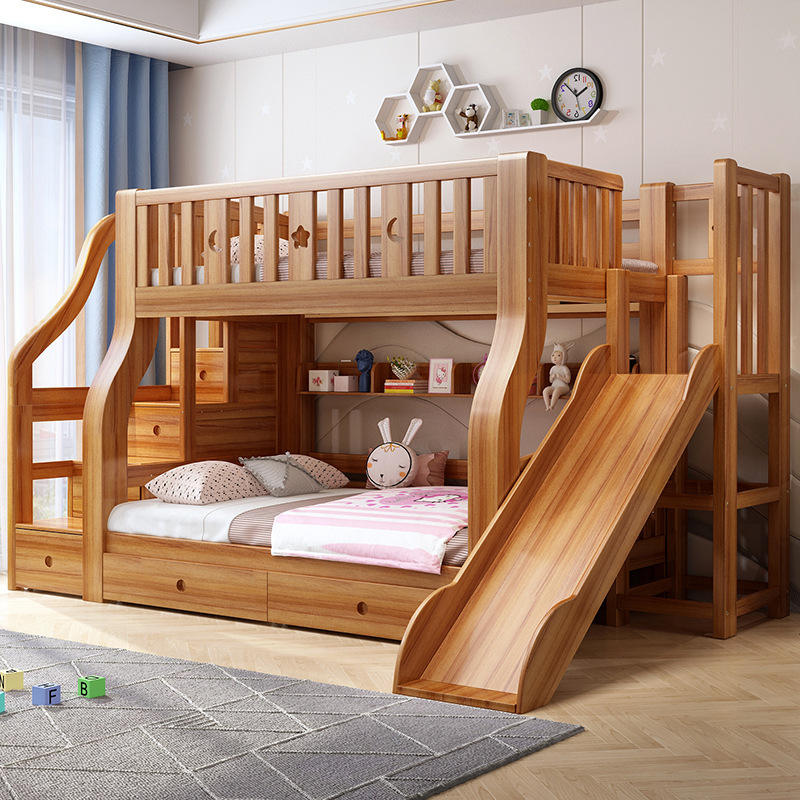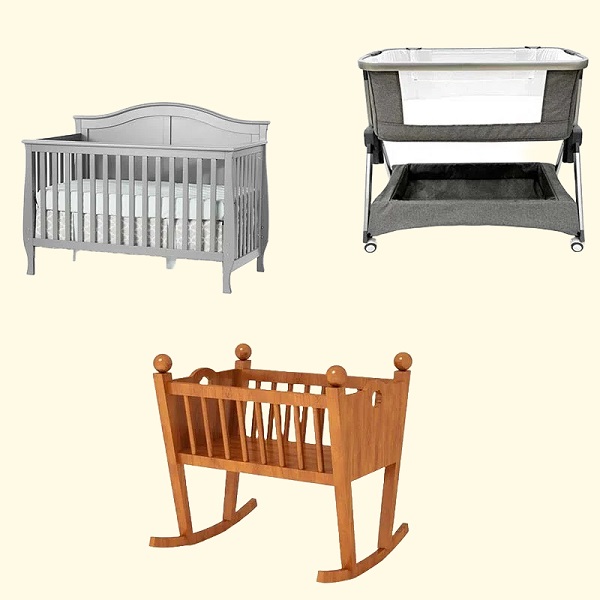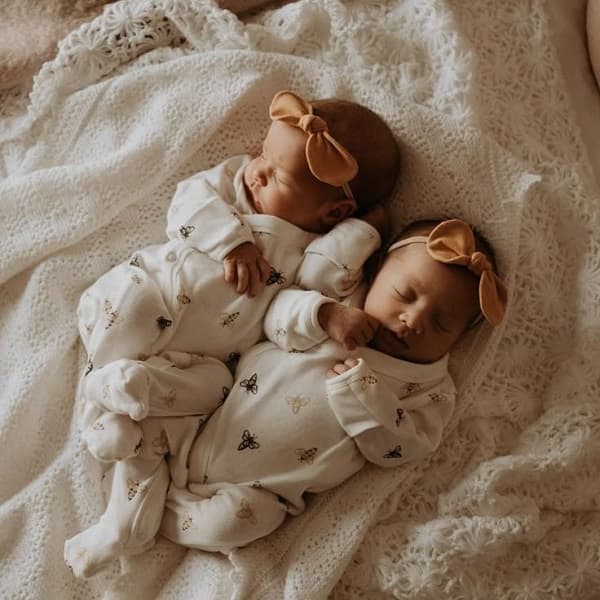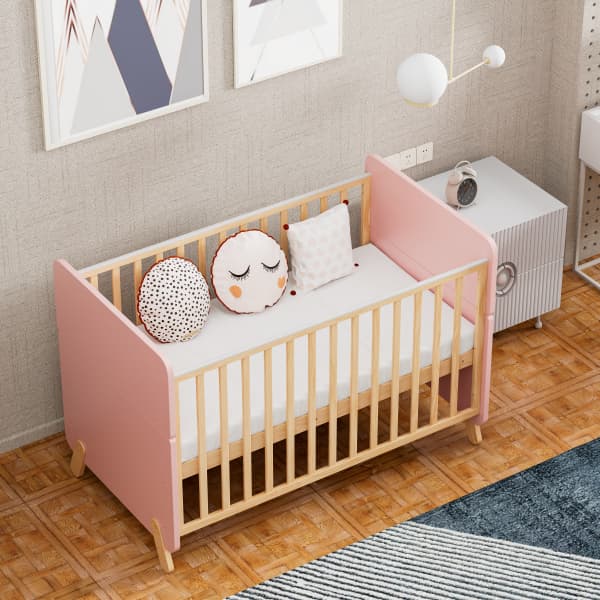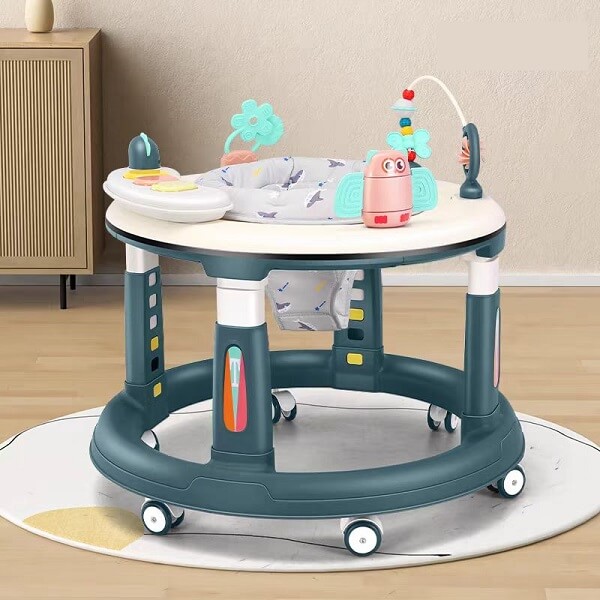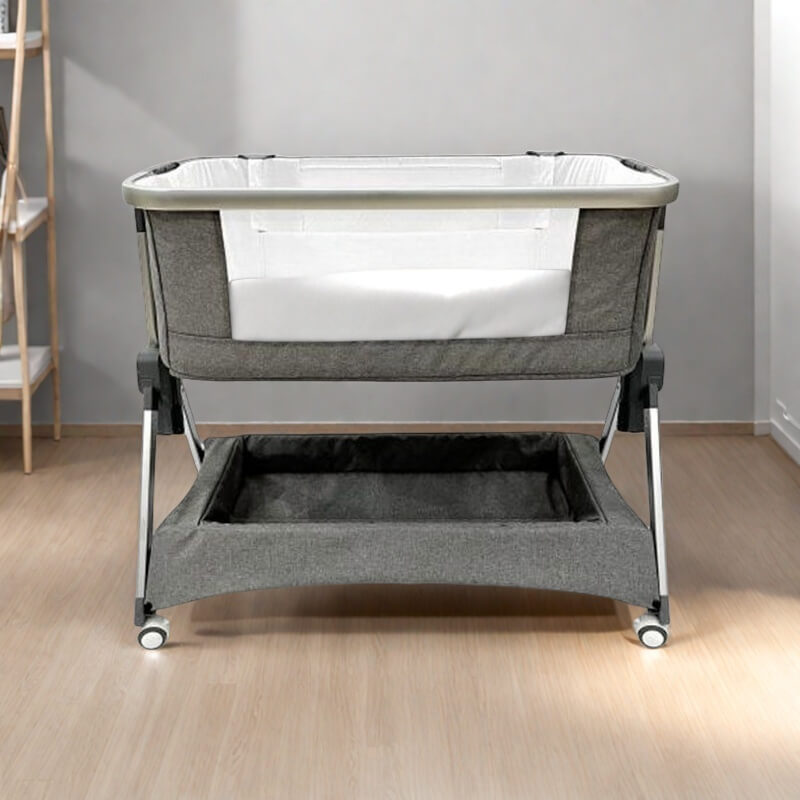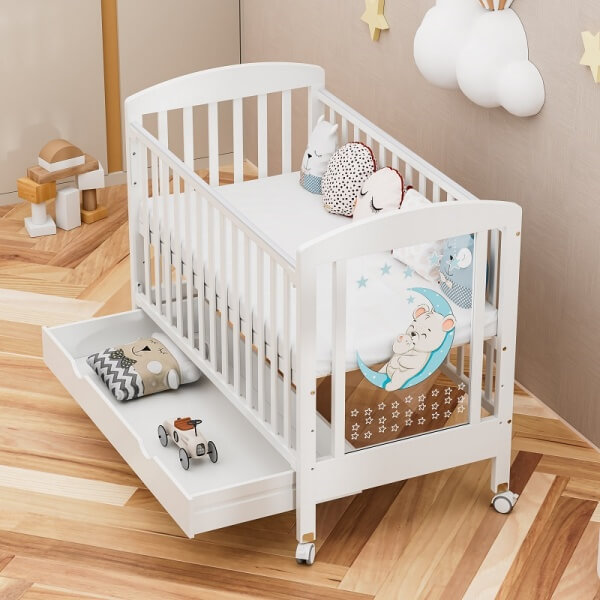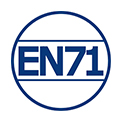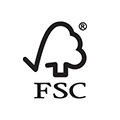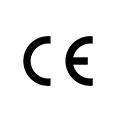Choosing the right bunk bed size is crucial for maximizing space, ensuring comfort, and maintaining safety in your home.
In this comprehensive guide, we’ll explore various bunk bed sizes, factors to consider when choosing, and tips for making the best decision for your needs.
Understanding Bunk Bed Sizes
Bunk beds are a popular choice for shared bedrooms, guest rooms, and even dorms because of their space-saving design.
Let’s explore the four most common bunk bed configurations: Twin over twin, twin over full, full over full, and queen over queen.
Twin over Twin Bunk Beds
Dimensions:
- Top bed: 38″ x 75″ (Twin)
- Bottom bed: 38″ x 75″ (Twin)
One of the most common and popular choices for a child’s room is a twin over twin bunk bed, which comes with two twin mattresses.
This size is perfect for maximizing space in a smaller bedroom, making it a favorite for families with limited floor space. Many families with two children or teens choose twin over twin bunk beds for their bedroom.
Twin Over Full Bunk Beds
Dimensions:
- Top bed: 38″ x 75″ (Twin)
- Bottom bed: 54″ x 75″ (Full)
A twin-over-full bunk bed is suitable for rooms where siblings of different ages share a space or for guest rooms.
The twin bed on top is perfect for a younger child (but not recommended for children younger than 6 years old), while the full bed on the bottom can accommodate an older child or an adult.
This versatility makes twin-over-full bunk beds a practical choice for growing families or households that frequently host overnight guests.
Full Over Full Bunk Beds
Dimensions:
- Top bed: 54″ x 75″ (Full)
- Bottom bed: 54″ x 75″ (Full)
Full over full bunk beds are a spacious option that offers ample sleeping space on both levels to accommodate larger individuals or older children and teens.
This configuration is great for families with older children or in rooms where adults will also use the beds. While it does take up more floor space than a twin-over-twin bunk bed configuration, it still maximizes vertical space, making it a great choice for a shared room.
Full over full bunk beds are also a great solution for a guest room or vacation home, where the bed may need to accommodate different types of guests.
Keep in mind that this type of bed is bulkier, and you’ll need a room with high ceilings to ensure there is enough headroom on the top bunk.
Queen Over Queen Bunk Bed
Dimensions:
- Top bed: 60″ x 80″ (Queen)
- Bottom bed: 60″ x 80″ (Queen)
A larger, more luxurious option, queen over queen bunk beds are often used in rooms where both upper and lower bunks need to accommodate adults. Each mattress in this setup is queen-sized, making it ideal for individuals who prefer more space when sleeping.
Due to its larger size, this configuration is less common in children’s rooms but is often seen in vacation homes, guest rooms, or when teens and adults are sharing a space.
Queen over queen bunk bed maximizes floor space but requires the room to have adequate ceiling height to ensure adequate space for the upper bunk.
Factors to Consider When Choosing a Bunk Bed Size
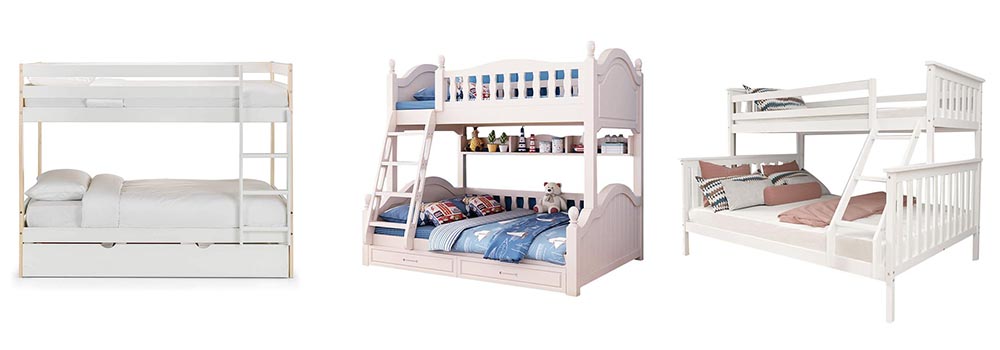
Room Size and Layout
Before choosing a bunk bed size, measure the length, width, and ceiling height of your room. Ensure that the bed will fit comfortably without overcrowding the space, allowing for easy movement and access to other furniture.
It’s essential to consider the overall footprint of the bunk bed, including any additional features such as built-in desks, storage drawers, or trundle beds that might extend the bed’s size.
Pay attention to the placement of doors, windows, and other furniture to ensure that the bunk bed does not obstruct pathways or natural light sources.
Ceiling Height
Ensure that there is enough clearance between the top bunk and the ceiling to prevent head injuries and provide a comfortable sleeping environment.
Ideally, there should be at least 33 to 36 inches of space between the top of the mattress on the top bunk and the ceiling. This clearance allows the person sleeping on the top bunk to sit up comfortably without hitting their head.
Additionally, consider the height of the ceiling fan, if any, to avoid any safety hazards.
Age of the Users
Younger children may be better suited to twin-sized bunk beds, and they also prefer the bed to be closer to the ground. Older children and adults may benefit from the extra space provided by full, queen-sized bunks.
If you plan to have guests or use the bunk bed for more than a few years, it’s a good idea to choose a size that allows for growth.
Safety Considerations
Choose a bed with a solid structure, secure guardrails and a stable ladder. Make sure the mattress fits snugly and avoids gaps that could pose a risk.
Guardrails on top bunks should be at least five inches above the mattress to prevent falls. Ladders should be securely fastened to the bed frame and easy to climb.
Also, consider models with rounded edges and smooth finishes to reduce the risk of injury from sharp corners.
Customizing Your Bunk Bed Size
Custom bunk beds are typically more expensive than standard options, but can be tailored to a unique configuration for your specific needs and space.
If you have unusual room dimensions, such as a sloping ceiling or narrow walls, customization allows you to design a bunk bed that fits in any nook or cranny.
If you want to add built-in storage drawers, a pull-out trundle bed, or even a desk under the top bunk to act as a study or office area, you can customize your bunk bed to reduce the need for additional furniture.
But be prepared before you go custom, as custom orders are often difficult to return, and you need to make sure you can accurately and clearly state your needs to the manufacturer. You need to consider the following:
- Determine the size: The first step is to carefully measure your room. Note the height, width, and length. Customization may also involve adjusting the height of the bed to fit the ceiling height, ensuring there is enough space above the top bunk to sit comfortably.
- Choose the material: Decide if you want a wood, metal, or hybrid bunk bed. For everyday sleeping, we recommend using natural, environmentally friendly wood.
- Design features: Consider the features you want to add, such as shelving, drawers under the bed, or a built-in desk. Pick a color that will blend in with the overall decor of your room.
Safety Guidelines for Bunk Bed Size and Setup
Height and Guardrail Safety Standards
Taller beds may look attractive, but they can pose a safety risk, especially if the top bunk was not designed with safety in mind.
According to safety standards, the top bunk should have guardrails on both sides. These guardrails should be at least 5 inches above the mattress. Make sure there is not a wide enough gap between the guardrails and the bed for a child to get stuck.
Additionally, the top bunk should be at least 30 inches above the bottom bunk mattress to ensure there is enough space between the sleeper and the guardrails, but not so high that it becomes dangerous if someone falls.
Always make sure that the child using the top bunk is at least 6 years old, as younger children are more likely to fall due to lack of coordination.
Weight Limits and Structural Integrity
Each bunk bed is designed to support a specific weight range that each must adhere to strictly.
Weight limits vary depending on the design and materials of the bed. Typically, a twin-over-twin bunk bed is designed to support around 200–250 pounds per bed, while larger configurations, like a full-over-full, may support up to 400 pounds.
Proper Mattress Size and Thickness
Make sure the mattress size matches the bunk bed frame size perfectly. A mattress that is too small may create dangerous gaps, while a mattress that is too large may not fit properly, creating a safety hazard.
The top mattress should not be thicker than the manufacturer recommends. A mattress that is too thick can reduce the guardrail height, compromising safety. Similarly, a mattress that is too thin may not provide adequate cushioning or support.
Stable Setup and Installation
Even the best bunk bed design is only safe if it is assembled and installed correctly.
Make sure the bunk bed is placed on a flat, stable surface. An uneven floor can cause the bed to tip over or wobble, making it unsafe.
Always follow the manufacturer’s assembly instructions closely, especially when attaching guardrails, ladders, and support beams. Check regularly to see that the bed is securely assembled and that no screws or bolts have loosened over time.
Frequently Asked Questions
Q: What Is the Best Bunk Bed Size for Small Rooms?
A: Twin-over-twin bunk beds are the best choice for small rooms as they maximize vertical space without taking up much floor area.
Q: Can Adults Comfortably Sleep in Bunk Beds?
A: Yes, adults can comfortably sleep in bunk beds, especially in larger sizes like full or queen bunk beds. Ensure the bed is sturdy and has a high weight capacity.
Q: Are Bunk Beds Safe for Young Children?
A: Bunk beds can be safe for young children if they have secure guardrails and a stable ladder, and follow safety guidelines. It’s generally recommended for children over six years old.
Q: How Much Weight Can a Bunk Bed Hold?
A: The weight capacity of a bunk bed varies depending on the design and materials. Generally, twin bunk beds can hold between 200-400 pounds per bed, while full- or queen-sized bunk beds may hold up to 600 pounds. Always check the manufacturer’s specifications.
Q: What Type of Mattress Is Best for Bunk Beds?
A: The best mattresses for bunk beds are usually thinner than standard mattresses to ensure safety with guardrails. Memory foam or hybrid mattresses around 6-8 inches thick are ideal, providing comfort while fitting securely within the bunk bed frame.
Conclusion
Choosing the right bunk bed size involves careful consideration of room dimensions, user needs, and safety. By understanding the different sizes available and considering factors like storage needs and aesthetic preferences, you can find the perfect bunk bed for any space.
Clafbebe specializes in the design and production of a wide range of baby furniture products, including bunk beds for toddlers and teens. With our own baby products factory, we can quickly fulfill bulk and custom orders, contact Clafbebe for a quote!


